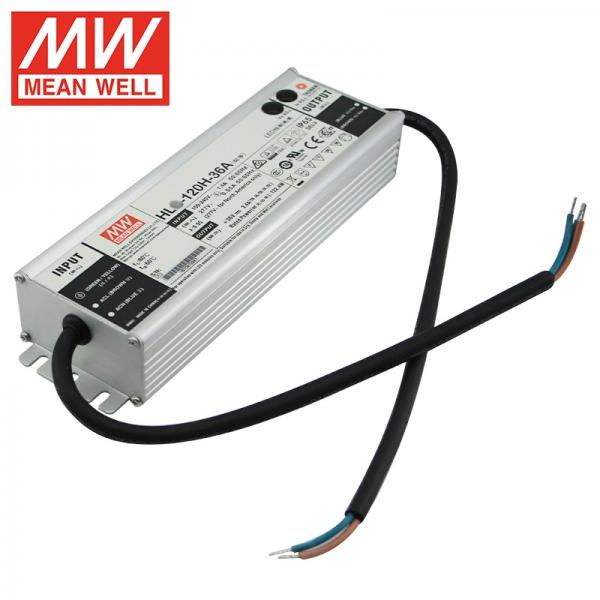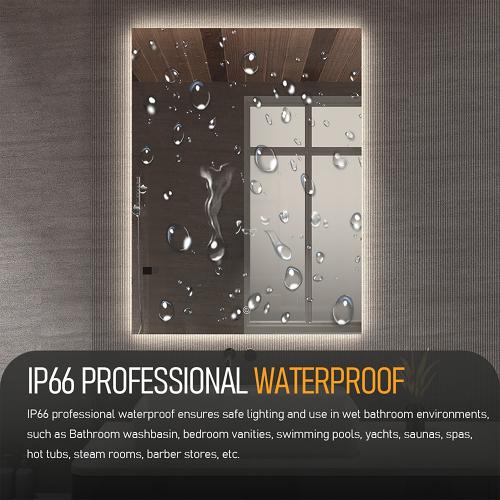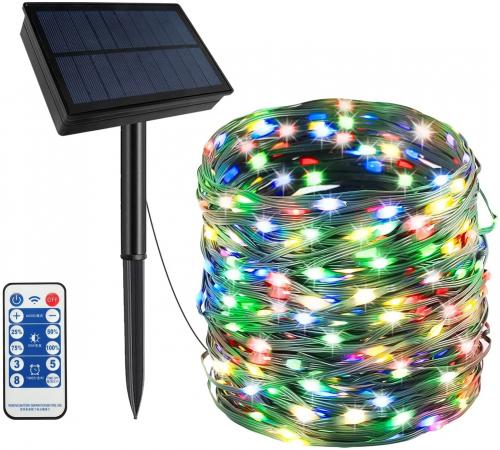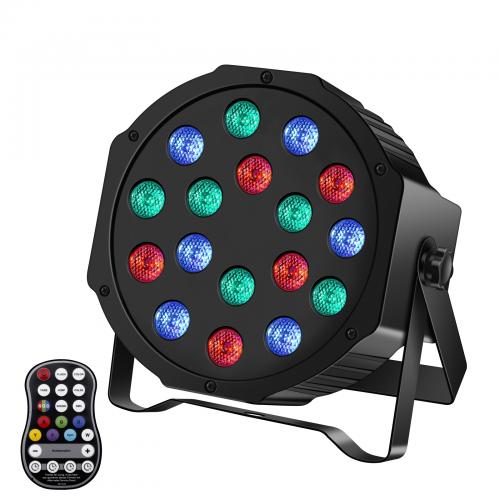What voltage are SMD LEDs?

Surface-mount device (SMD) LEDs are widely used in various applications due to their compact size, efficiency, and versatility. Understanding the voltage requirements of SMD LEDs is crucial for anyone looking to incorporate them into electronic projects or lighting solutions. This article aims to provide a comprehensive overview of the voltage characteristics of SMD LEDs, addressing common questions and practical considerations for their use.
Understanding SMD LEDs
SMD LEDs are a type of LED that is mounted directly onto the surface of a printed circuit board (PCB). They are known for their small size and ability to be used in applications where space is limited. SMD LEDs come in various shapes and sizes, such as 2835, 3528, 5050, and 5730, each with specific characteristics and applications.
Voltage Requirements of SMD LEDs
The voltage requirement of an SMD LED is primarily determined by the type of semiconductor material used in its construction, which affects the color of the emitted light. Different colors of LEDs have different forward voltage requirements due to the materials used in their construction.
-
Red, Yellow, and Orange LEDs: These typically have the lowest forward voltage requirements, ranging from 1.8 to 2.2 volts. The semiconductor material used in these LEDs often includes gallium arsenide (GaAs) or gallium phosphide (GaP).
-
Green LEDs: These generally require a forward voltage of about 2.0 to 3.5 volts. The variation in voltage is due to the different shades of green and the specific materials used, such as gallium phosphide (GaP) or gallium nitride (GaN).
-
Blue and White LEDs: These LEDs typically have the highest forward voltage requirements, ranging from 3.0 to 3.6 volts. The higher voltage is due to the use of materials like gallium nitride (GaN) or indium gallium nitride (InGaN).
Practical Considerations
When working with SMD LEDs, several practical considerations must be taken into account to ensure proper operation and longevity:
-
Current Limiting Resistors: SMD LEDs require a current-limiting resistor to prevent excessive current from flowing through the LED, which can cause damage. The resistor value is calculated based on the supply voltage, the forward voltage of the LED, and the desired current.
-
Power Supply: The power supply must be capable of providing the necessary voltage and current for the LEDs. It is crucial to match the power supply voltage to the requirements of the SMD LEDs to prevent damage.
-
Heat Management: SMD LEDs, like all electronic components, generate heat during operation. Proper heat management, such as using heat sinks or thermal pads, is essential to maintain performance and extend the lifespan of the LEDs.
-
Series and Parallel Configurations: SMD LEDs can be connected in series or parallel configurations depending on the application. In series configurations, the total forward voltage is the sum of the individual LED voltages, while in parallel configurations, the voltage remains constant, and the current is divided among the LEDs.
Applications of SMD LEDs
SMD LEDs are used in a wide range of applications due to their versatility and efficiency:
-
Consumer Electronics: SMD LEDs are commonly used in devices such as smartphones, televisions, and computer monitors for backlighting and indicator lights.
-
Automotive Lighting: The compact size and high brightness of SMD LEDs make them ideal for automotive lighting applications, including headlights, taillights, and interior lighting.
-
General Lighting: SMD LEDs are used in residential and commercial lighting solutions, including LED bulbs, strip lights, and downlights, due to their energy efficiency and long lifespan.
-
Signage and Displays: The high brightness and color variety of SMD LEDs make them suitable for use in signage, displays, and billboards.
Conclusion
Understanding the voltage requirements of SMD LEDs is essential for their effective use in various applications. By considering factors such as forward voltage, current limiting, power supply, and heat management, users can ensure the optimal performance and longevity of their SMD LED installations. Whether used in consumer electronics, automotive lighting, or general illumination, SMD LEDs offer a versatile and efficient lighting solution that continues to grow in popularity.

 Afrikaans
Afrikaans Čeština
Čeština Dansk
Dansk Deutsch
Deutsch Español
Español Francais
Francais Italiano
Italiano Magyar
Magyar Nederlands
Nederlands Norsk
Norsk Polski
Polski Português
Português Română
Română Slovák
Slovák Suomi
Suomi Svenska
Svenska Tiếng Việt
Tiếng Việt Türk dili
Türk dili Ελλάδα
Ελλάδα Русский
Русский اللغة العربية
اللغة العربية แบบไทย
แบบไทย 中文繁體
中文繁體 日本語
日本語 한국인
한국인







